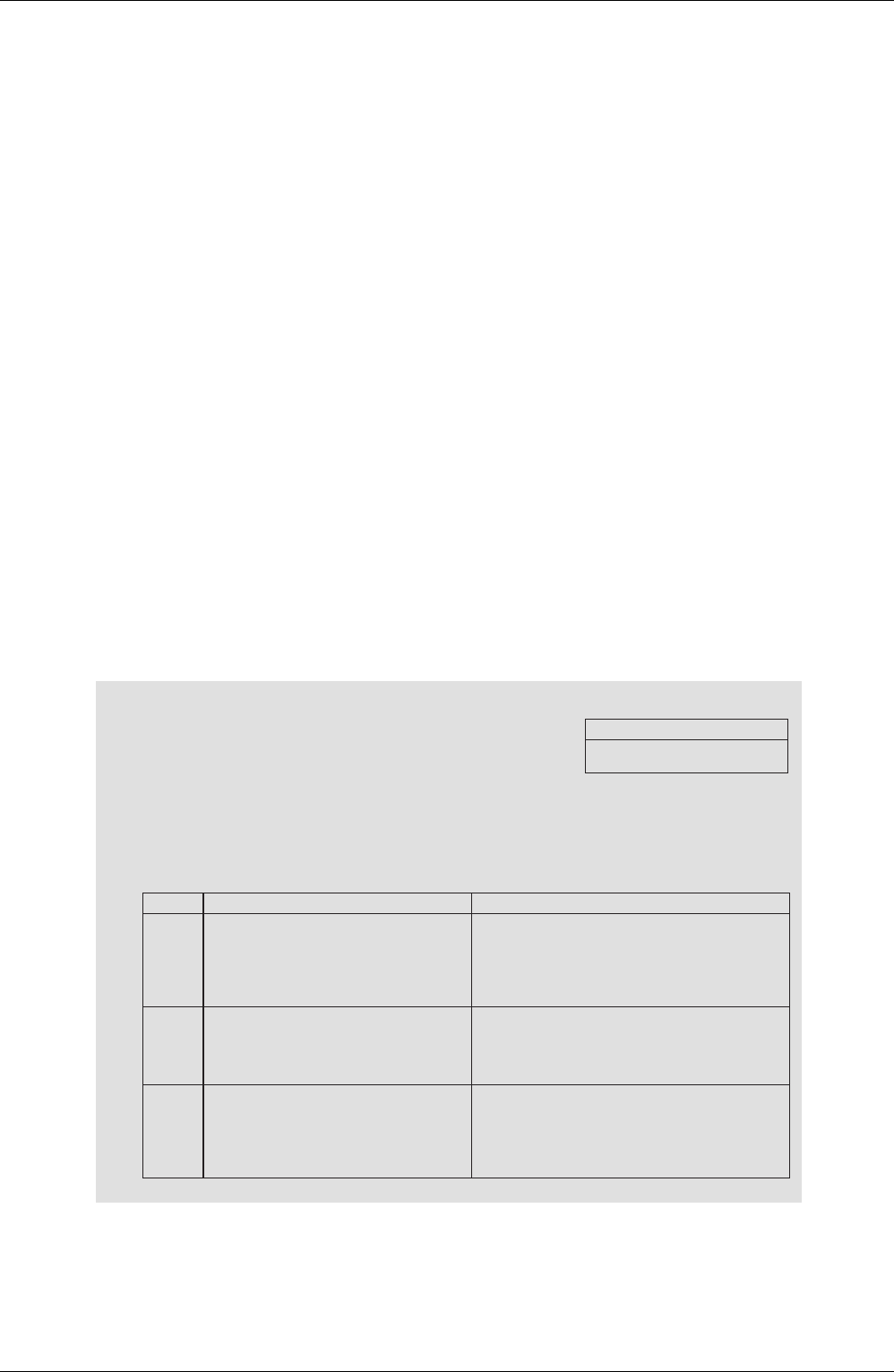Specifications
Table Of Contents
- Cover
- Table of Contents
- Part 1 List of Functions
- Part 2 Specifications
- Part 3 Printed Circuit Board Connector Wiring Diagram
- Part 4 Function and Control
- Part 5 Operation Manual
- Part 6 Service Diagnosis
- 1. Caution for Diagnosis
- 2. Problem Symptoms and Measures
- 3. Service Check Function
- 4. Code Indication on the Remote Controller
- 5. Troubleshooting
- 5.1 Indoor Units
- 5.2 Outdoor Units
- 5.3 Indoor Unit PCB Abnormality A1
- 5.4 Freeze-up Protection Control or High Pressure Control A5
- 5.5 Fan Motor or Related Abnormality A6
- 5.6 Thermistor or Related Abnormality (Indoor Unit) C4,C9
- 5.7 Front Panel Open / Close Fault C7
- 5.8 Signal Transmission Error (between Indoor and OutdoorUnit) U4
- 5.9 Unspecified Voltage (between Indoor and Outdoor Units) UA
- 5.10 Freeze-up Protection Control A5
- 5.11 Outdoor Unit PCB Abnormality E1
- 5.12 OL Activation (Compressor Overload) E5
- 5.13 Compressor Lock E6
- 5.14 DC Fan Lock E7
- 5.15 Input Over Current Detection E8
- 5.16 Discharge Pipe Temperature Control F3
- 5.17 High Pressure Control in Cooling F6
- 5.18 Compressor Sensor System Abnormality H0
- 5.19 Position Sensor Abnormality H6
- 5.20 CT or Related Abnormality H8
- 5.21 Thermistor or Related Abnormality (Outdoor Unit) P4,J3,J6,J8,J9,H9
- 5.22 Electrical Box Temperature Rise L3
- 5.23 Radiation Fin Temperature Rise L4
- 5.24 Output Over Current Detection L5
- 5.25 Insufficient Gas U0
- 5.26 Low-voltage Detection or Over-voltage Detection U2
- 5.27 Signal Transmission Error (on Outdoor Unit PCB) U7
- 5.28 Anti-icing Function in Other Rooms / UnspecifiedVoltage (between Indoor and Outdoor Units) UA,UH
- 6. Check
- Part 7 Removal Procedure
- Part 8 Others
- Part 9 Appendix
- Index
- Drawings & Flow Charts

Instruction SiBE12-713
188 Operation Manual
9
Turn the breaker ON
• Turning ON the breaker closes the flap. (This is a normal procedure.)
NOTE
Tips for saving energy
• Be careful not to cool (heat) the room too much.
Keeping the temperature setting at a moderate level helps save energy.
• Cover windows with a blind or a curtain.
Blocking sunlight and air from outdoors increases the cooling (heating) effect.
• Clogged air filters cause inefficient operation and waste energy.
Clean them once in about every two weeks.
Please note
• The air conditioner always consumes 15-35 watts of electricity even while it is not operating.
•
If you are not going to use the air conditioner for a long period, for example in spring or autumn, turn the breaker OFF.
• Use the air conditioner in the following conditions.
• Operation outside this humidity or temperature range may cause a safety device to disable the system.
Recommended temperature setting
For cooling:26˚C – 28˚C
For heating:20˚C – 24˚C
Mode Operating conditions If operation is continued out of this range
COOL
Outdoor temperature:
〈
2MK(X)S40/50
〉
10 to 46˚C
〈2MK(X)S52〉 –10 to 46˚C
〈
3/4/5MK(X)S〉 –10 to 46˚C
〈
RK(X)S〉 –10 to 46˚C
Indoor temperature: 18 to 32˚C
Indoor humidity: 80% max.
• A safety device may work to stop the operation.
(In multi system, it may work to stop the operation of
the outdoor unit only.)
• Condensation may occur on the indoor unit and drip.
HEAT
Outdoor temperature:
〈
2MXS40
〉
–10 to 24˚C
〈
2MXS50/52
〉
–15 to 24˚C
〈
3/4/5MXS〉 –15 to 24˚C
〈
RXS〉 –15 to 24˚C
Indoor temperature: 10 to 30˚C
• A safety device may work to stop the operation.
DRY
Outdoor temperature:
〈
2MK(X)S40/50
〉
10 to 46˚C
〈
2MK(X)S52〉 –10 to 46˚C
〈
3/4/5MK(X)S〉 –10 to 46˚C
〈
RK(X)S〉 –10 to 46˚C
Indoor temperature: 18 to 32˚C
Indoor humidity: 80% max.
• A safety device may work to stop the operation.
• Condensation may occur on the indoor unit and drip.










